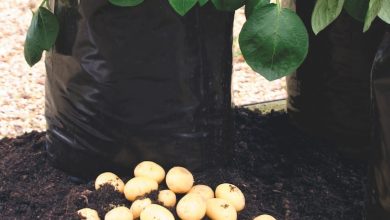Sorrel: [Cultivation, Irrigation, Care, Pests and Diseases]
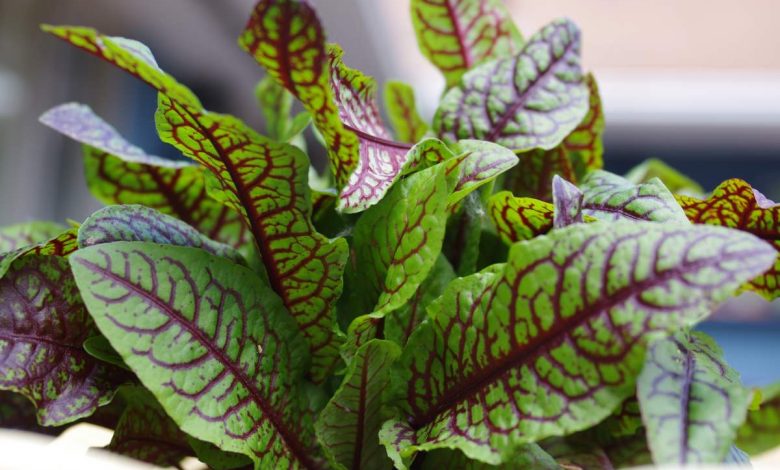
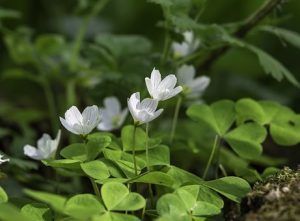 Rumex acetosa is a plant native to Europe and Southwest Asia. However, its cultivation has spread to more than 70 countries. It is known for its vinegar-flavored leaves, due to oxalic acid.
Rumex acetosa is a plant native to Europe and Southwest Asia. However, its cultivation has spread to more than 70 countries. It is known for its vinegar-flavored leaves, due to oxalic acid.
Both its leaves and stems are similar to those of Swiss chard and spinach. Young sorrel leaves can be used in salads, soups, and stews.
They are high in fiber, vitamin C, beta carotene, magnesium and potassium. Regarding its medical properties, sorrel can be used as an aid in the treatment of rheumatism, arthritis, stomach problems, gout, bleeding, hemorrhoids, among other conditions.
It can be toxic in larger amounts due to its oxalate content.
Important points when planting a sorrel:
- Scientific name: Rumex acetosa.
- Common name: Common sorrel, sorrel, acetosa, vinegar, vinaigrette, vinaigrette. cow tongue, romance.
- Height: 60 centimeters.
- Light requirement: Direct exposure and partial shade.
- Temperature: temperate climates.
- Irrigation: Moderate.
- Fertilizer: Fertilizers rich in nitrogen and potassium.
What characteristics does sorrel have?
Sorrel is a wild , perennial herb, with male and female flowers on different plants. It is rhizomatous, that is, it has horizontal and deep roots from which more shoots emerge from the nodes.
Its stem is striated, simple or branched, green, and reddish at its base. Sometimes it can reach 90 to 120 centimeters in height. Its fleshy leaves, alternate and entire, have the shape of a spear point.

These are large and edible, with a sour taste. The flowers of the sorrel are dioecious and appear during the summer, in a cluster from the upper part of the stem. The male flowers are green, while the female flowers are more reddish in color. Ripe seeds are brown.
When to sow sorrel?
 Sorrel can be grown from late winter to spring, from February to March, in climates where the optimal temperature ranges from 16ºC to 18ºC.
Sorrel can be grown from late winter to spring, from February to March, in climates where the optimal temperature ranges from 16ºC to 18ºC.
Although it is a temperate climate plant, the so-called vinaigrette can withstand low temperatures and even a brief and untimely frost.
However, it is advisable not to expose it to such changes, as its leaves could wither. It can be sown in the fall. However, it is necessary to ensure that the first frosts occur a month or two after the sowing period of the sorrel so that the seed can develop.
Where to plant sorrel?
Sorrel grows in meadows and grassy places, on moist, sheltered soil. It can be grown on sandy loam, silt loam, heavy clay soils, gravelly soils and acid soils. However, Rumex acetosa is associated with soils with a light texture, low fertility and low pH.
How to prepare the land?
Sorrel is a wild species , so it is not very common to establish a fertilization program. However, it is a nitrophilous plant, that is, it lives in places rich in nitrogen.
Therefore, strengthening the soil with humus and well-fermented manure will provide the plant with the necessary nutrients, especially during the initial stage of development.
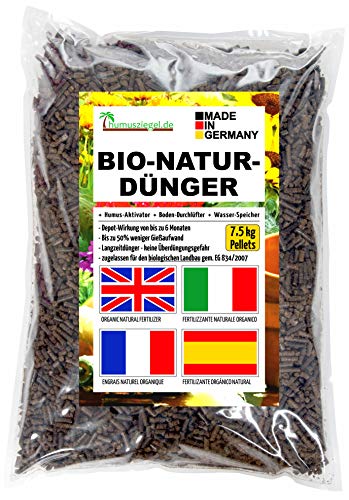
However, it will be necessary to prepare the ground with deep work one month before sowing before fertilization. These works can be carried out from the months of February and March.

How do we water the sorrel?
In the case of sorrel, it is important to keep the soil moist. Constant watering is needed to maintain the proper moisture level in the substrate. In this way, the leaves will be hydrated, crispier and stiffer.
Knowing aspects such as sun exposure, environmental humidity and temperature in the region where the sorrel is being grown will be essential, since each place is different and, therefore, also the needs of each crop.
How often do we water the sorrel?
The amount of watering can be adjusted to the seasons of the year: low watering in winter and high watering in summer. In the cold season, the sorrel should be watered 1 to 2 times with little flow, especially during the winter.
In case of rain, the amount of watering should be further limited. In the hot season, 3 to 4 low-flow irrigations should be carried out on the crops.

It will always be necessary to check soil moisture before watering. This will allow fine-tuning the most appropriate dose and frequency according to each type of soil.
How to plant a sorrel step by step?
Sorrel is easy to grow from seed and requires little maintenance. Below are the steps to seed it.
- Place the seeds of the sorrel on a layer of moist substrate with coconut fiber or perlite, either in a seedbed or in individual pots.
- Cover the seeds with a thin layer of substrate, similar to the thickness of the seed, no more than 1 cm deep.
- Moisten the substrate with a water spray or atomizer and keep it moist.
- Place the seedlings in a warm place, away from direct sunlight until the seedling has a couple of leaves. Generally the germination process is short, between 10 and 15 days.
- Transplant the plant into individual pots or into the ground.
What care does sorrel need?
The flowers of the sorrel should be cut so that the growth of the plant is focused on the leaf. In fact, the leaves will be suitable for human consumption as long as they are cut before the flowering period, otherwise they will lose their characteristic flavor.

What pests and diseases affect sorrel?
Sorrel is affected by pests and insects that are attracted to the leaf to feed on. Among them are the Hepialus humili, the Lycaena phlaeas, both species of butterflies.
It can also be affected by aphids, known as aphids, such as Macrosiphum euphorbiae and Aphis fabae. Snails and slugs can also damage sorrel.
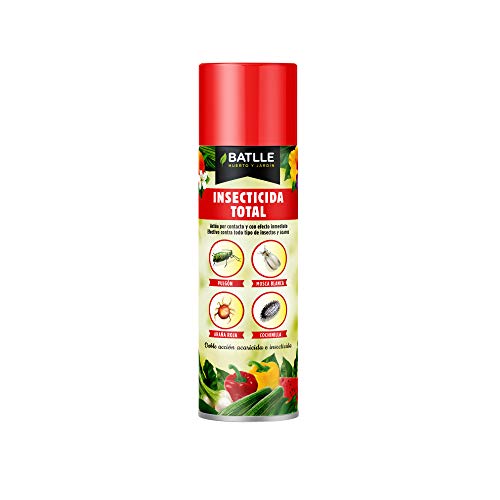
Parasites and pathogens include Meloidogyne arenaria and incognita, Xiphinema americanum and riversi, as well as tomato tan virus.
References
- https://en.wikipedia.org/wiki/Rumex_acetosa
- http://www.conabio.gob.mx/malezasdemexico/polygonaceae/rumex-acetosella/fichas/ficha.htm
- https://inta.gob.ar/sites/default/files/script-tmp-yuyos_bien_comidos.pdf
- http://www.botanicayjardines.com/rumex-acetosa/
- https://www.agromatica.es/cultivo-de-acedera-en-el-huerto/
- https://www.consejosparamihuerto.com/hierbas/bichos-que-comen-acedera/
- https://www.botanical-online.com/cultivo/acedera-cultivo
- https://www.cabi.org/isc/datasheet/48056
- https://www.antestodoestoeracampo.net/acedera/

![Photo of Plant Lavender in [12 Steps]: When and How to Do It](https://www.complete-gardening.com/wp-content/uploads/2022/08/plant-lavender-in-12-steps-when-and-how-to-do-it-390x220.jpg)
![Photo of Almond Harvesting: [Harvest, Collection and Drying]](https://www.complete-gardening.com/wp-content/uploads/2022/08/almond-harvesting-harvest-collection-and-drying-390x220.jpg)

